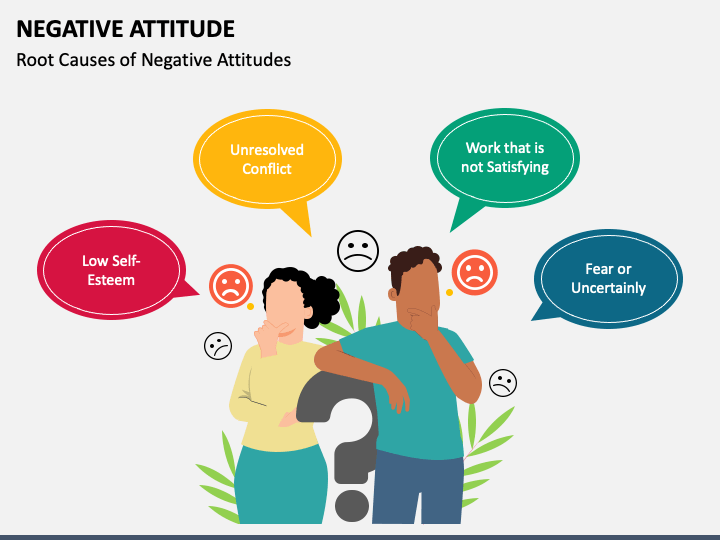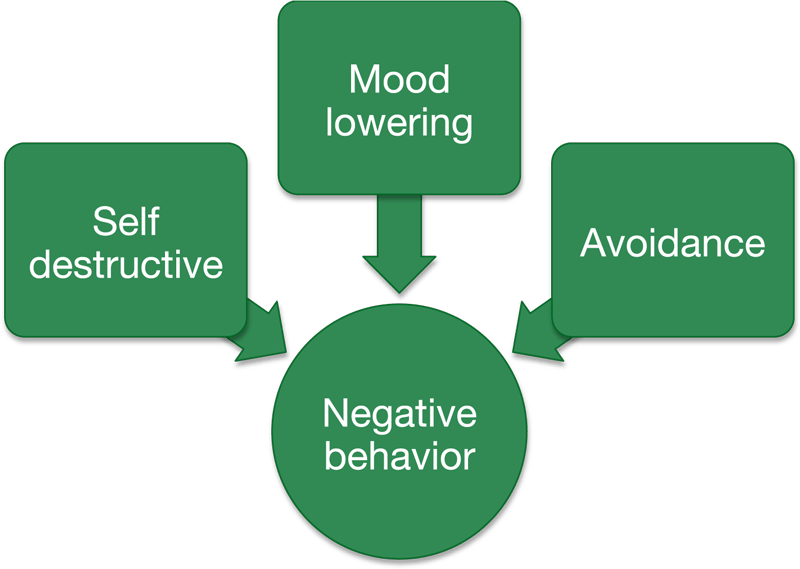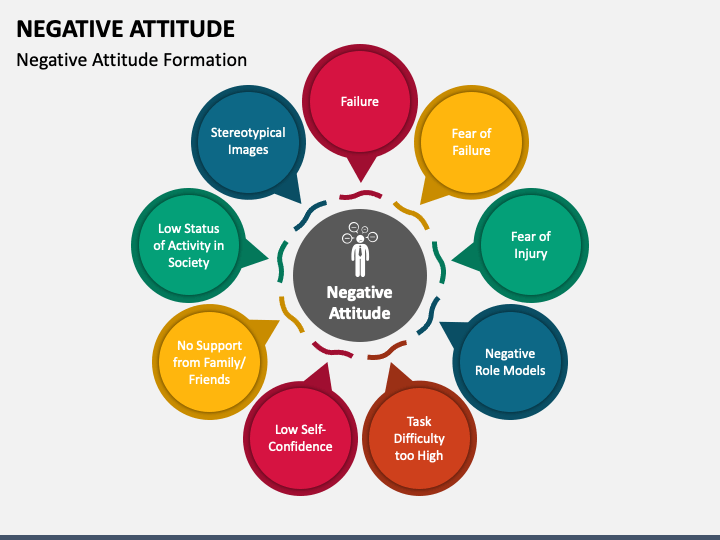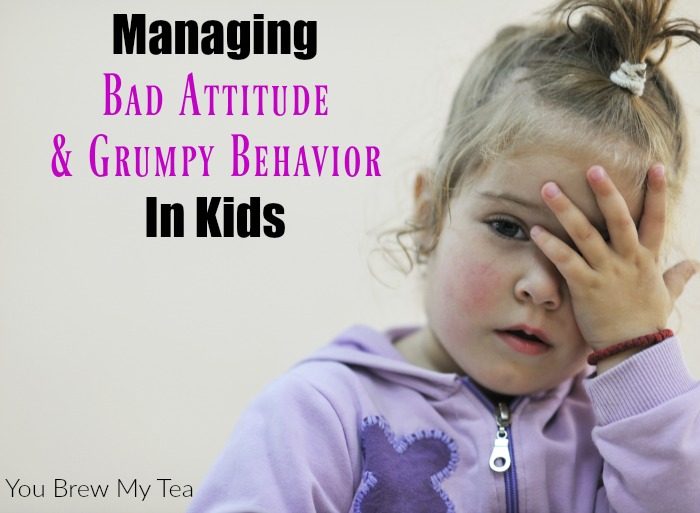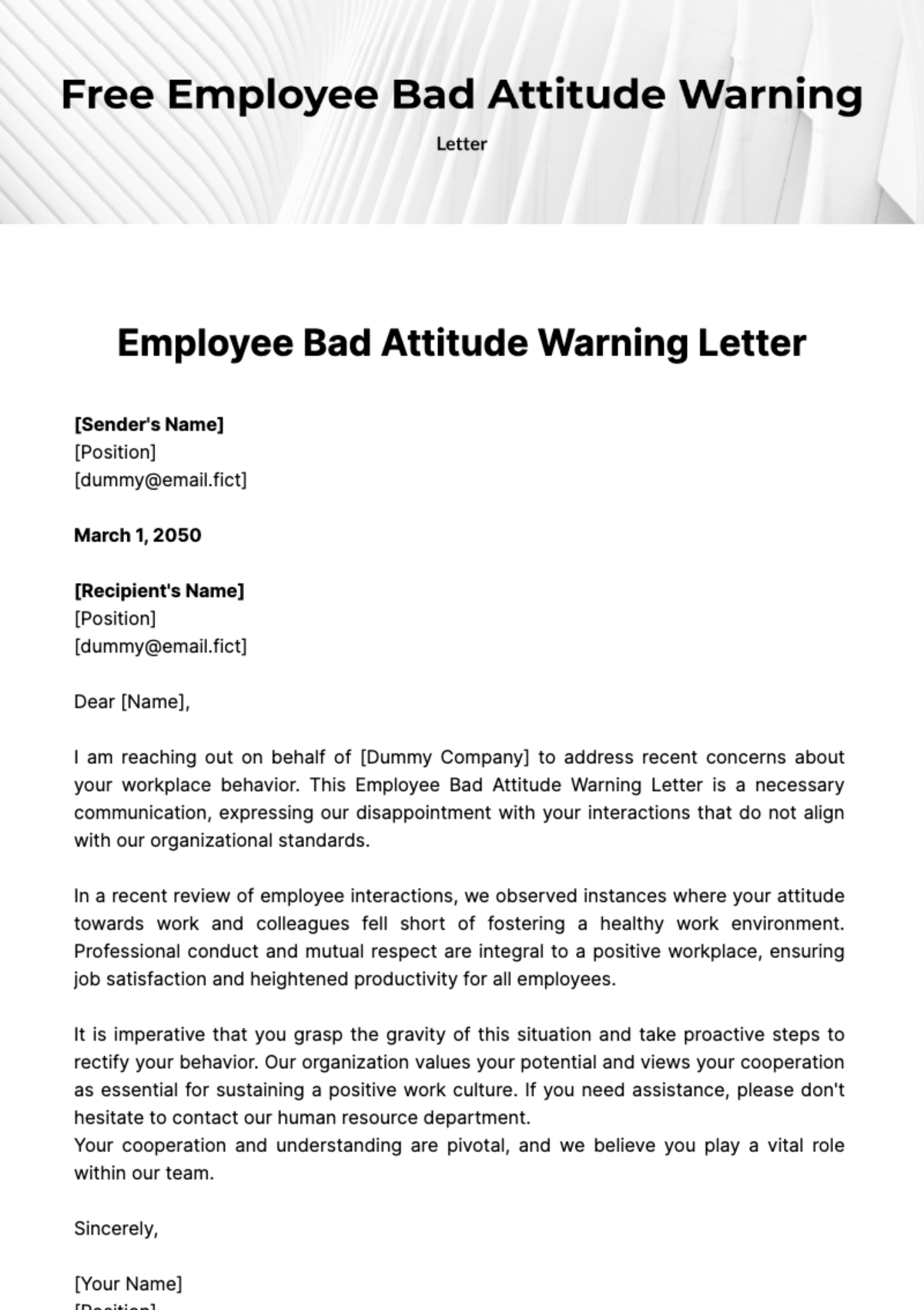How To Supervise Bad Attitudes And Negative Behaviors
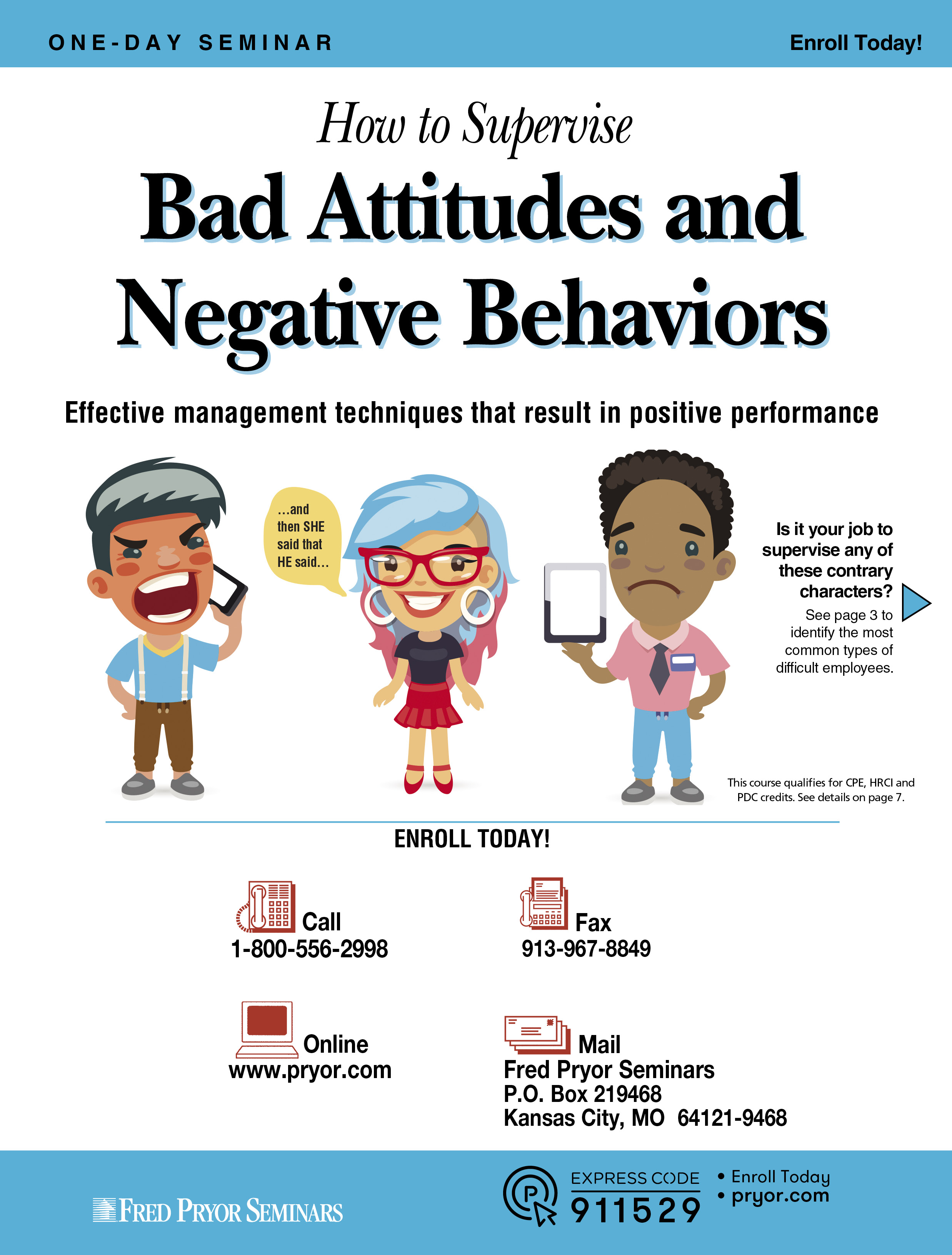
The breakroom hummed with the low thrum of the coffee machine and the rustle of newspapers, a typical Monday morning scene. But a palpable tension hung in the air, thicker than the aroma of freshly brewed coffee. Sarah, usually a bright and cheerful member of the team, was radiating a visible cloud of negativity, her shoulders slumped and her sighs echoing through the room. It’s a familiar scenario in many workplaces: the disruptive force of a bad attitude threatening to derail productivity and team morale.
Supervising employees with negative attitudes and behaviors is a challenge every leader faces. Effectively addressing these issues requires a blend of empathy, clear communication, and a proactive approach to fostering a positive work environment. Ignoring negativity allows it to fester and spread, impacting not only individual performance but also the overall success of the team and the organization.
Understanding the Roots of Negativity
Before jumping to disciplinary action, it's crucial to understand the source of the negativity. According to a 2023 report by the Society for Human Resource Management (SHRM), workplace negativity often stems from a variety of factors, including job dissatisfaction, feeling undervalued, lack of clear communication, or even personal issues spilling over into the workplace.
A supervisor's initial step should be to initiate a private and empathetic conversation with the employee. This isn't about accusation; it's about creating a safe space for them to share their concerns.
“Listen more than you speak,” advises Dr. Emily Carter, a leading organizational psychologist. "Often, simply feeling heard can be a significant first step toward resolving the issue."
Strategies for Addressing Negative Behaviors
Once the root cause is identified, a supervisor can implement targeted strategies to address the specific behaviors. These strategies can range from providing additional training and support to implementing performance improvement plans.
Clear Communication and Expectations
Ambiguity breeds anxiety and frustration. Clearly define job expectations, performance goals, and the consequences of not meeting those expectations. This provides employees with a clear roadmap and reduces opportunities for misunderstandings or perceived unfairness. Document everything.
Providing Constructive Feedback
Feedback, when delivered constructively, can be a powerful tool for positive change. Focus on specific behaviors rather than making personal attacks. For example, instead of saying "You're always so negative," try "I've noticed you've expressed disagreement in the last few meetings. Could we discuss the reasons behind those disagreements and how we can address them together?".
Recognizing and Rewarding Positive Contributions
A culture of recognition can significantly boost morale and counteract negativity. Acknowledge and reward employees who demonstrate positive attitudes, teamwork, and a commitment to excellence. Public recognition, a simple "thank you," or even a small bonus can go a long way.
As Josh Bersin, a global industry analyst, points out, "Employees who feel valued and appreciated are more likely to be engaged and productive, and less likely to harbor negative feelings."
Setting Boundaries and Addressing Disruptive Behavior
While empathy and understanding are crucial, it's equally important to set clear boundaries and address disruptive behavior promptly and decisively. If an employee's negativity is consistently undermining team morale or hindering productivity, it's essential to take corrective action. This may involve issuing a formal warning or, in severe cases, terminating employment.
"Remember, your responsibility is to protect the well-being and productivity of the entire team," emphasizes Dr. Carter. "Sometimes, that means making difficult decisions for the greater good."
Cultivating a Positive Work Environment
Supervising bad attitudes is not just about addressing individual issues; it's about fostering a positive and supportive work environment. This involves promoting open communication, encouraging teamwork, and providing opportunities for professional development. Investing in employee well-being can significantly reduce the likelihood of negativity surfacing in the first place.
Leadership plays a critical role in setting the tone. When leaders demonstrate optimism, resilience, and a commitment to ethical conduct, they inspire their teams to do the same.
Supervising negative attitudes and behaviors requires patience, empathy, and a commitment to creating a positive workplace. While challenging, effectively addressing these issues can transform not only individual performance but also the overall culture of the organization, leading to a more engaged, productive, and harmonious work environment for everyone.








